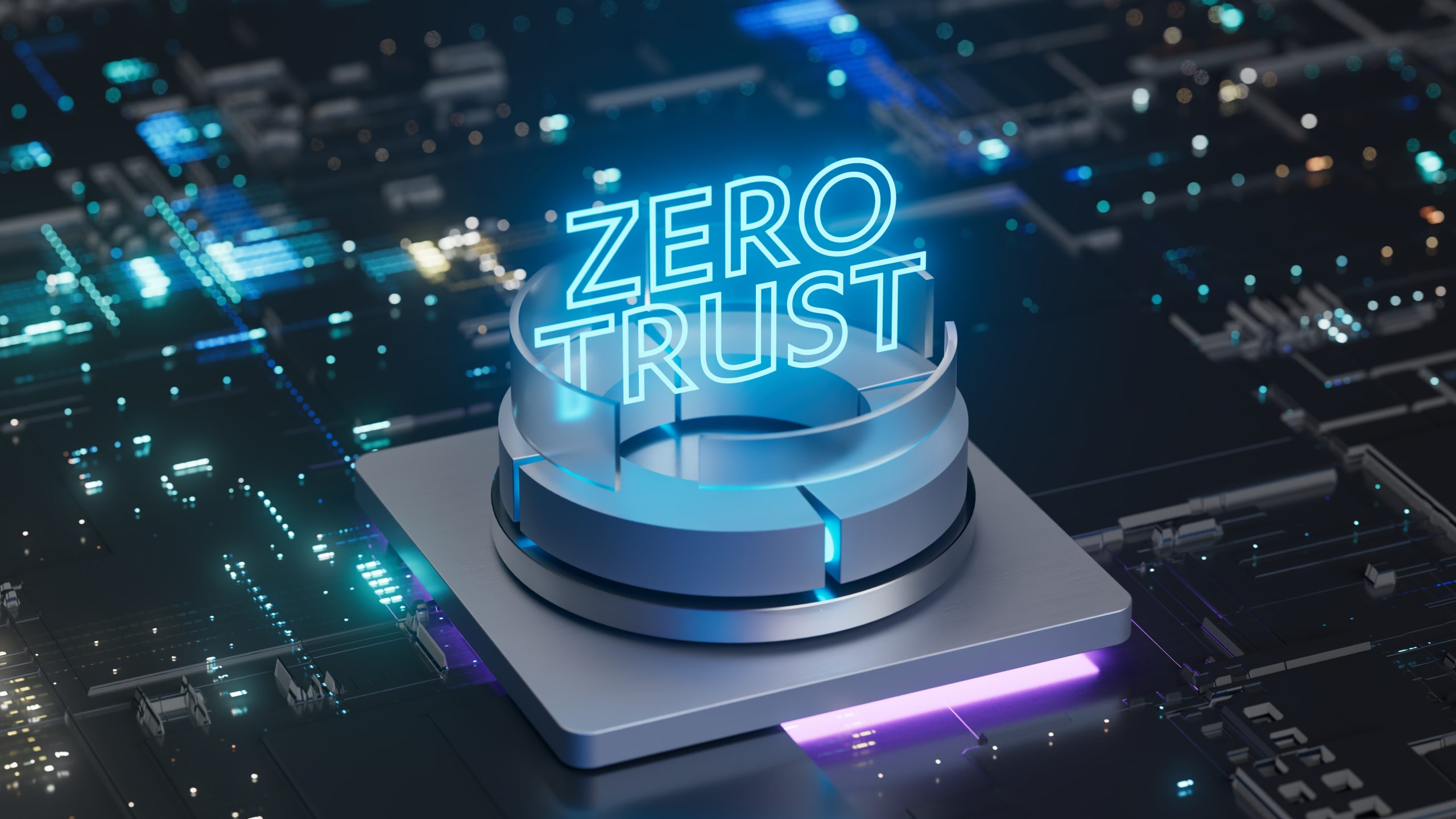Why “Trust” Is a Risk
For years, cybersecurity was built around a perimeter-based model, like a castle with walls. Once users got past the gates, they were free to move around. But today, with remote work, cloud services, mobile devices, and advanced persistent threats, the walls don’t work the way they used to.
Attackers know this. In many recent breaches, once a hacker got inside, they moved freely through systems undetected because the organization trusted internal access. Zero Trust flips that logic: it assumes no user or device should be trusted by default, even if they’re inside the network.
So, What Is Zero Trust?
Zero Trust is a cybersecurity framework based on the principle of “never trust, always verify.”
Instead of assuming users, devices, or applications are safe just because they’ve made it through the initial authentication, Zero Trust continuously verifies and enforces security at every access point. It’s not a single product or tool. It’s a strategy that reshapes how access is granted and how threats are contained.
While many vendors claim to offer “Zero Trust solutions,” the Department of Defense has demonstrated that Zero Trust is not a one-size-fits-all approach:
- A Microsoft-only Zero Trust environment was validated through the Navy’s Flank Speed program
- A hybrid-vendor approach is being tested through DISA’s Thunderdome initiative
- An enterprise-level, dedicated cloud Zero Trust solution was piloted via Dell’s Fort Zero
These examples prove a key point: No single vendor can guarantee Zero Trust across every environment. Achieving Zero Trust requires cybersecurity expertise, implementation strategy, and a deep understanding of risk. Learn more about how IBSS helped the DoDEA achieve Zero Trust through our expertise.
The Core Principles of Zero Trust
The key concepts of Zero Trust are to always operate under the assumption that a threat exists. Some of the core principles include:
- Verify Explicitly: Every access request is authenticated, authorized, and encrypted based on identity, location, device health, and more.
- Use Least-Privilege Access: Users and applications are only given access to the resources they absolutely need and nothing more.
- Assume Breach: Design your systems as if an attacker is already inside. Segment your network, limit movement, and monitor everything.
How Zero Trust Works in Practice
Implementing Zero Trust means layering several security practices and technologies, including:
- Identity and Access Management (IAM) with Multi-Factor Authentication (MFA) ensures the person logging in is who they say they are.
- Endpoint Detection and Response (EDR) tools monitor devices for signs of compromise.
- Microsegmentation separates workloads and limits access within the network. If one system is compromised, the damage is contained.
- Continuous Monitoring looks for unusual behavior across your environment and triggers automated responses to stop threats in their tracks.
This is just a small portion of what the Zero Trust process will look like. To fully implement, a lot more will be required.
Why Zero Trust Matters Now
The urgency to adopt Zero Trust has grown for both private and public sector organizations. In fact, the U.S. government has mandated Zero Trust adoption across federal agencies through Executive Order 14028, emphasizing the importance of this framework in protecting national security.
For DoD contractors and organizations handling Controlled Unclassified Information (CUI), Zero Trust also strengthens compliance with frameworks like NIST SP 800-171 and supports readiness for CMMC certification.
Take the First Step Toward Zero Trust
You don’t have to navigate Zero Trust alone. Let’s build a security architecture that verifies every connection, protects every asset, and prepares you for whatever is next. Contact IBSS today to schedule a cybersecurity readiness consultation.
About IBSS
Since 1992, IBSS has provided transformational consulting services to the Federal defense, civilian, and commercial sectors. Our services include cybersecurity and enterprise information technology, environmental science and engineering (including oceans, coasts, climate, weather, and satellite), and professional management services.
Our approach is to serve our employees by investing in their growth and development. As a result, our employees bring greater capabilities and provide an exceptional level of service to our clients. In addition to creating career development opportunities for our employees, IBSS is passionate about giving back to the community. We strive to leave something better behind for the next generation.
We measure our success by the positive impact we have on our employees, clients, partners, and the communities we serve. Our tagline, Powered by Excellence, is a recognition of the employees that make up IBSS and ensures we deliver results with quality, applying industry best practices and certifications. Read more About Us.





